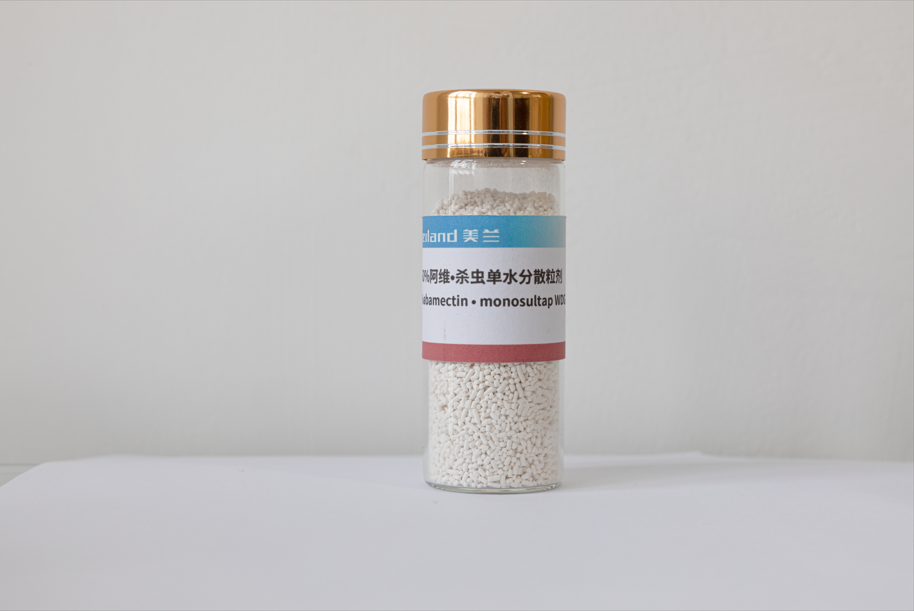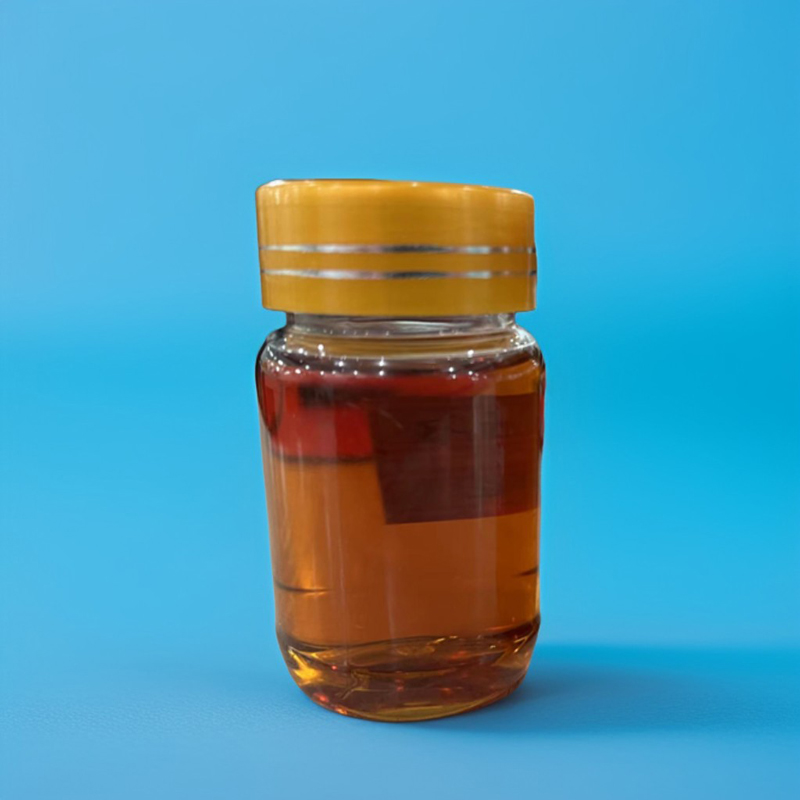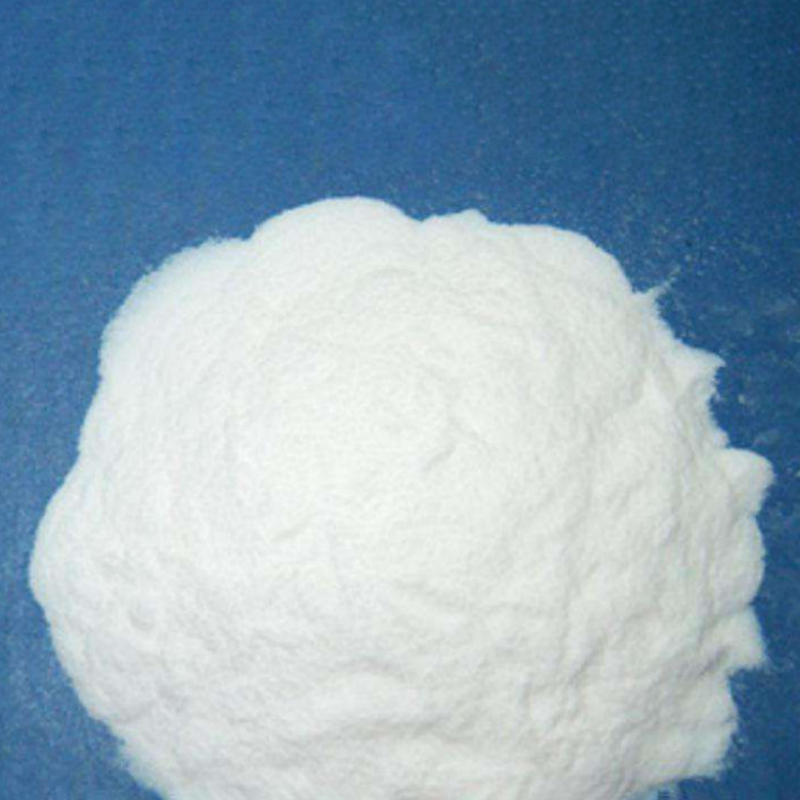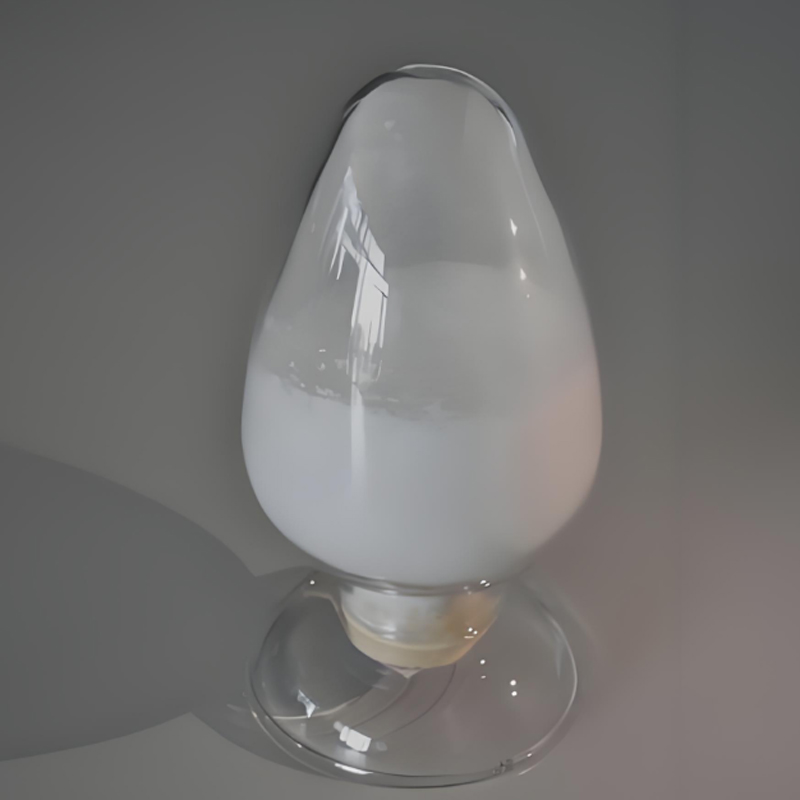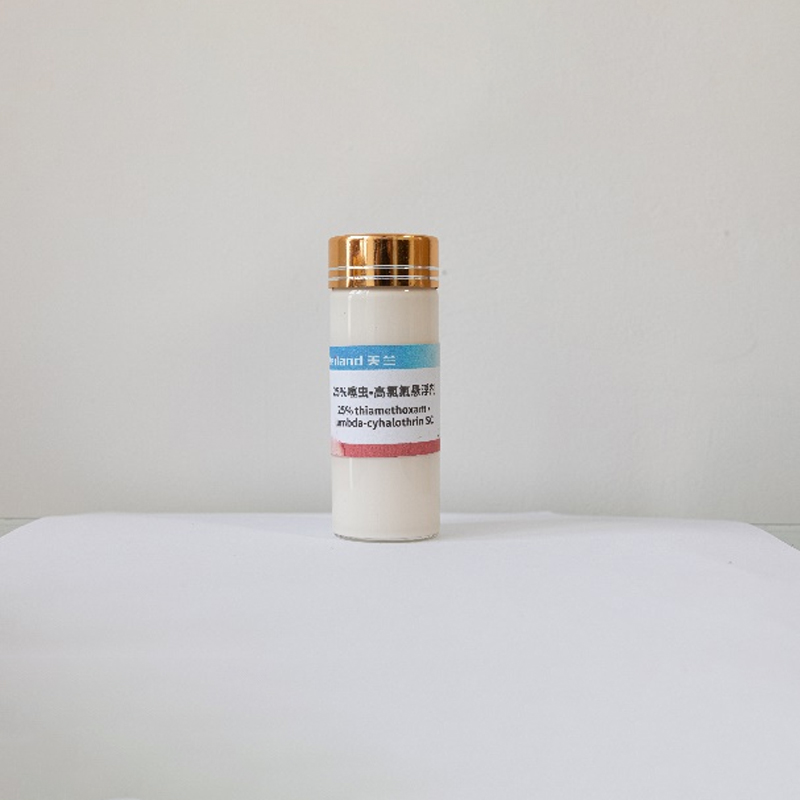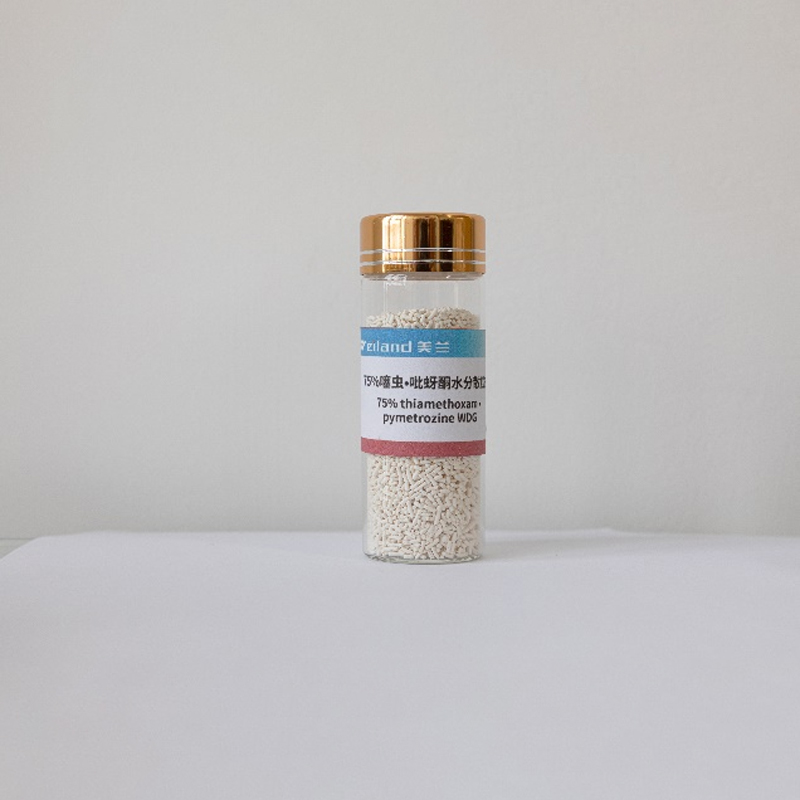 0551-68500918
0551-68500918
5%abamectin+55%monosultap WDG
Scope of use and method of use:
| Crops/sites | Targets of control | Dosage | Application method |
| Rice | Rice leaf roller | 300-600 g | Spray |
| Beans | American leafminer | 150-300 g | Spray |
Technical requirements for use:
1. Spray once during the peak egg hatching period of rice leaf roller to the early larval stage. 2. Spray once during the early hatching larvae of American leafminer of beans, with a water consumption of 50-75 kg/mu. 3. Do not apply the pesticide on windy days or when rain is expected within 1 hour. 4. When applying the pesticide, be careful to prevent the liquid from drifting to neighboring crops and causing pesticide damage. 5. The safe interval on rice is 21 days, and the pesticide can be applied once per season at most. The recommended safe interval on beans is 5 days, and the pesticide can be applied once per season at most.
Product performance:
Avermectin is a macrolide disaccharide compound with contact and stomach poison effects, and has a weak fumigation effect. It is permeable to leaves and can kill pests under the epidermis. Insecticide is an analogue of synthetic nereis toxin. It is quickly converted into nereis toxin or dihydronereis toxin in the insect body, and has contact, stomach poison and systemic conduction effects. The two are used in combination to control rice leaf rollers and bean leafminers.
Precautions:
1. This product cannot be mixed with alkaline substances. 2. Pesticide packaging waste must not be discarded or disposed of at will, and should be returned to pesticide operators or pesticide packaging waste recycling stations in a timely manner; it is prohibited to wash pesticide application equipment in rivers and ponds and other water bodies, and the remaining liquid after application must not be dumped at will; it is prohibited in bird protection areas and nearby areas; it is prohibited in the flowering period of pesticide application fields and surrounding plants, and the impact on nearby bee colonies should be closely monitored when using it; it is prohibited near silkworm rooms and mulberry gardens; it is prohibited in areas where natural enemies such as trichogrammatids are released. 3. When applying pesticides, wear long clothes, long pants, hats, masks, gloves and other safety protection measures. Do not smoke, eat or drink to avoid inhaling the liquid medicine; wash your hands and face in time after applying the pesticide. 4. It is recommended to rotate the use of pesticides with different mechanisms of action to delay the development of drug resistance. 5. Pregnant or breastfeeding women are prohibited from contact.
First aid measures for poisoning:
Poisoning symptoms: headache, dizziness, nausea, vomiting, dilated pupils. If accidentally inhaled, the patient should be moved to a place with fresh air. If the liquid medicine accidentally gets on the skin or splashes into the eyes, it should be rinsed with plenty of clean water. If poisoning occurs, bring the label to the hospital. In case of avermectin poisoning, vomiting should be induced immediately, and ipecac syrup or ephedrine should be taken, but do not induce vomiting or feed anything to comatose patients; in case of insecticide poisoning, atropine drugs can be used for those with obvious muscarinic symptoms, but be careful to prevent overdose.
Storage and transportation methods: This product should be stored in a dry, cool, ventilated place, away from fire or heat sources. Keep out of reach of children and locked. Do not store or transport with food, beverages, grain, feed, etc.





